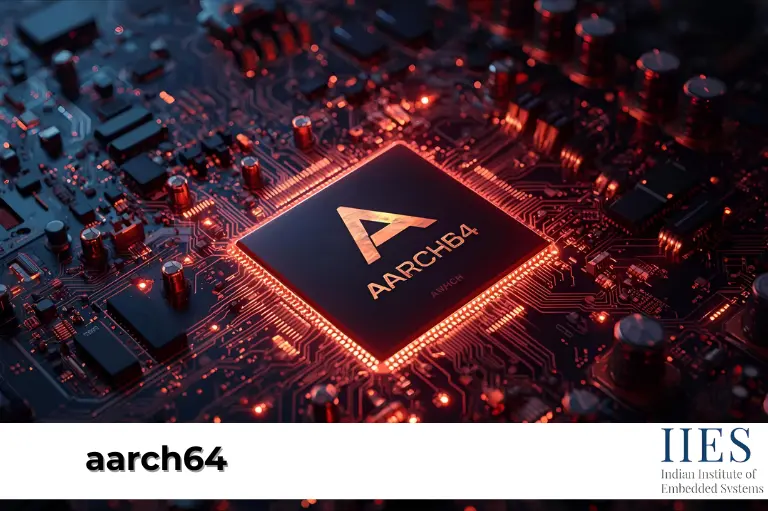
The rise of ARM64 (also known as AArch64) is transforming the way IoT devices and embedded systems are designed. With better performance, higher memory capacity, and lower energy use, ARM64 has become a trusted choice for developers creating smarter, faster, and more efficient devices.
ARM64 delivers high performance with low power use, making it ideal for IoT, mobile, and server systems. It supports larger memory, smooth multitasking, and runs both 32-bit and 64-bit apps, giving developers flexibility and future-ready solutions.
ARM64, also called aarch64 architecture or ARMv8-A, is the 64-bit execution state of the ARM processor family. It is a big leap from the older 32-bit architecture, removing the 4GB memory limit and enabling modern applications to run with more efficiency and power.
IoT devices demand processors that are lightweight, power-efficient, and capable of handling real-time tasks. ARM64 ticks all these boxes. Many industries are now exploring aarch64 in IoT for its future-ready capabilities.
ARM64 processors are not limited to IoT but are also used in mobile devices, servers, and even high-performance computing systems.
The design of ARM64 gives developers and industries a mix of speed, memory power, and compatibility. These factors make it future-ready.
Despite its growth, ARM64 still faces hurdles in markets dominated by x86 processors. But new trends are shifting in its favor.
Beginners can explore ARM64 through development boards, IoT projects, and hands-on practice. This makes learning both practical and fun.
Related Learning: [Exploring the Future of Arduino Robots]
ARM64 is shaping the future of IoT, mobile devices, and high-performance computing. Its ability to combine performance, energy efficiency, and scalability makes it a perfect fit for today’s connected world. For students, beginners, and professionals, learning ARM64 is a step toward building future-ready IoT innovations.
AArch64 is the 64-bit execution state of the ARM architecture, often used interchangeably with ARM64, though technically they represent different naming conventions.
Because it offers low power consumption, higher performance, and larger memory support, making it perfect for IoT ecosystems.
Yes, it supports backward compatibility, allowing both 32-bit and 64-bit apps to run smoothly.
Its optimized architecture reduces power usage, extending battery life in IoT sensors and devices.
It powers smart homes, wearables, automotive systems, industrial automation, and AI edge devices.
By using development boards like Raspberry Pi, practicing programming, and exploring IoT projects with hands-on experience.
Indian Institute of Embedded Systems – IIES